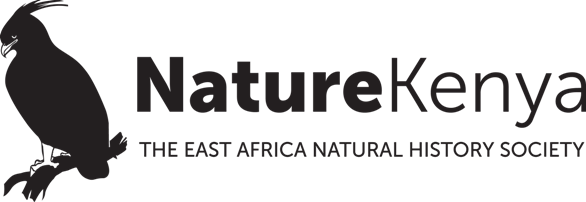By Joshua Sese
Lying in the rugged and faulted terrain of the Rift Valley floor in Baringo County, is Lake Bogoria National Reserve, a narrow alkaline lake with a series of spectacular bubbling hot springs and boiling geysers. The lake is a designated Important Bird Area (IBA), being a vital feeding site for the near-threatened Lesser Flamingo (Phoeniconaias minor) and an important Kenyan site for the Black-necked Grebe (Podiceps nigricollis) and Cape Teal (Anas capensis), and therefore a Key Biodiversity Area (KBA) It is a Ramsar wetland of international importance designated in 2000 and a UNESCO World Heritage Site. The site hosts several of Kenya’s Somali-Maasai Biome bird species in the bushlands and woodlands around the lake.
Since 2019, Lake Bogoria has been hosting the highest number of Lesser Flamingoes recorded in the annual water bird counts. This is partly due to the rising water levels in all the Rift Valley lakes, turning many of them into freshwater lakes; Lake Bogoria has remained relatively alkaline. The Lesser Flamingo population in Kenya has been fluctuatingdramatically in the last few years.
The reserve offers stunning landscapes with panoramic views of the lake, the surrounding hills, geothermal features, and wildlife such as Greater Kudu. It is a great destination for ornithologists, nature enthusiasts, and local and international tourists interested in birdwatching, photography, and enjoying the natural beauty of the Rift Valley. Rapid population growth in areas adjacent to the lake has led to increased pressure on the lake, however. Encroachment, abstraction of water from the catchment, invasive species such as Prosopis spp, pollution, soil erosion, and climate change are among the leading threats to the existence of biodiversity in the lake and its environs.
Conservation of the outstanding value of this precious site needs a multi-sectoral approach involving the local community, county and national governments and civil society, among others. A local Site Support Group (SSG), Friends of Nature Bogoria, is at the forefront in spearheading the conservation agenda for the lake and its biodiversity. Friends of Nature Bogoria was formed in 1996 and was officially registered in 2003. It has been actively participating in the waterfowl census since 2002 and undertakes research on the Greater Kudu. Other activities include awareness creation through school outreach programs, beekeeping and professional tour guiding.
